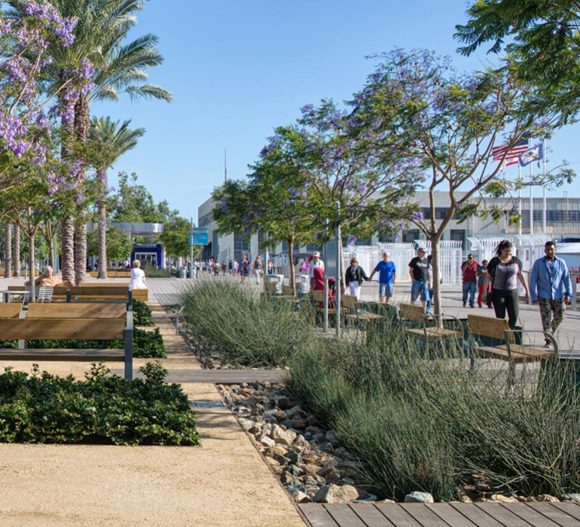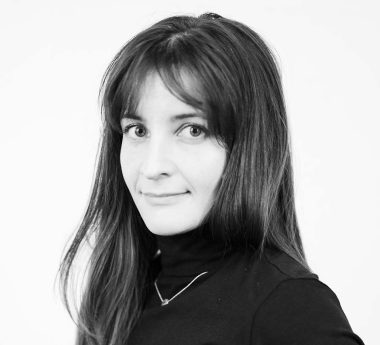This is the second article in a three-part series that comes from the collective minds of Civitas team members Juliana de Affonseca, Jessica Doig, and Jason Newsome. Our first installment focused on equity–which, to us, means putting people first. In part two, find out how the team approaches sustainability.

Sustainability Means Making Places That Last
Everyone deserves access to fresh air, green space, water, and nature in general. Meanwhile, climate change is putting more communities at risk, shifting what it feels like to be outside, and changing the conversations we’re having about sustainability. Almost every project we work on has goals to reduce water and energy consumption and cut carbon emissions. These have become baseline standards, no longer game-changers. We consider the small details, like porous pavers in urban plazas or trails. But we’re also thinking big – we have to – about building resilience to sea level rise, fires, and intense storms.
Resilience comes from flexibility and adaptability. In Wayzata, Minnesota, for example, we’re designing the lakeshore to be functional and healthy even when Lake Minnetonka is frozen and covered by more than a foot of ice. We’re also taking into account the reality that climate change is having an impact; this past winter, for example, the lake froze later than ever before. On the west coast, where we’ve worked with the City of San Diego for decades, we’re working on the renovation of the historic Ocean Beach Pier. Our recent conversations have focused not only on ways to protect the pier itself but also the coastal community as a whole from record-setting storms, like the one they endured in January. In both Jacksonville and Tampa, Florida, the riverfront designs have to address the uncertainty of hurricane season, recognizing that the average season has 14 named storms. In 2023, there were 20. We must focus on creating places that can adapt to face these threats, so they last. This is the heart of sustainability today.


Places that are sustainable are not just strong from the start but they’re places that are used and loved, driving investment in the long-term maintenance that helps them last and continue to be used and loved. Yes, we hope that our work is eye-catching and aesthetically appealing. In fact, today’s designers have powerful tools infused with digital algorithms and artificial intelligence, and project renderings generated during early concept design phases are often breathtakingly realistic – and exciting. But we must be careful to design public spaces that actually function and feel good versus just being beautiful. We have to be thoughtful about programming and avoid creating too many things that end up being underutilized. Sometimes simple is better, whittling a space down to the natural essence of the place and the community.
We also have to be thoughtful about the costs associated with our projects – and not just the costs of design and construction. Budgets, after all, are often what keep our clients up at night. We can set them up for long-term success not only by keeping things simple and natural, but also by building in education and training about usage and/or maintenance of the elements we’ve designed – and by being direct about the short- and long-term costs and benefits associated with different design choices. Some choices might be more expensive up front but require almost no long-term maintenance, generating quick ROI; while other choices might seem lower cost at the beginning but aren’t as durable and therefore come with more significant maintenance and/or replacement costs. To us, sustainability today means longevity, and if we’re not designing for that, then we’re simply not being responsible.
Jason Newsome is an urban designer and landscape architect who’s excited about the constant evolution of cities and the challenge to evolve urban communities into more timeless, accessible and livable places for everyone.
Jessica Doig is a landscape designer who’s passionate about creating public spaces that tell real stories of the local people, culture and history.
Juliana de Affonseca is a landscape designer who loves helping small cities dream big, illustrating what’s possible through design.





